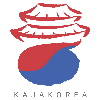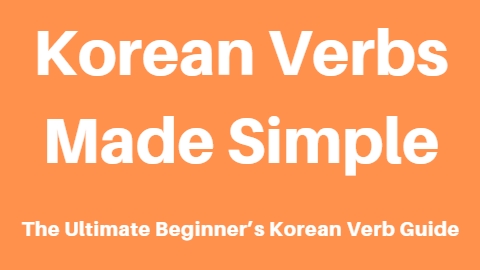Korean Lessons ᚛ Level 1 - My First Steps in Korean (Lessons 1 to 30) ᚛ Lesson 9 - Speech levels in Korean
Speech levels in Korean
In Korean, there are different forms of politeness and it’s not always obvious which level of politeness to use when speaking to someone. This chapter is an introduction to the levels of speech and will guide you through this minefield in order to avoid making language mistakes and appearing rude. All the concepts will be covered over the course of the chapters and will gradually make sense. The main purpose of the following section is to make you aware of the wide range of speech levels used in Korean.
Formal polite style in Korean (formal style)
The formal polite level is the highest form of politeness in Korea. It should be used when talking to someone you need to show a lot of respect to. It is particularly used in professional contexts to address your boss, a manager, or a client for example. Additionally, the formal speech style is used in television or during public performances to address the spectators, in order to show respect or when referring to a large audience.
It is possible to use the formal style when addressing people much older than you. However, the younger Korean generation tend to use the informal polite style (which we will see in the next section) more frequently in such cases. If you master and use the formal style when speaking to someone older, you will appear very respectful.
In Korean, the formal style is indicated with verbs ending in -ㅂ니다 and -습니다.
Informal polite style in Korean (polite style)
The informal polite style is the most common style used in Korea. This style can be used in almost any day-to-day situation with people who you don’t have to express great respect for.
Informal polite style will also be useful for talking to friends who are older. Indeed, age is extremely important in Korean and creates a certain natural hierarchy in social interactions. You must therefore show politeness to someone older than you, even if it is a friend.
In Korean, the polite register indicated with verbs ending in 아요, 어요 or 해요.
Casual style in Korean
The casual style is the lowest register in Korean. It should therefore only be used with close friends of the same age or younger, as well as with young children. Be sure to NEVER use this style with someone older or someone you don’t know, unless you have been invited to do so (this may be the case with very close friends, older friends who give you permission, and your boyfriend or girlfriend).
In Korean, the casual register is characterized by verbs ending in in 아, 어 or 해. Generally, it is the polite style without the suffix 요.
Jondenmal? Banmal? What do these mean?
You may have heard these terms before: 존댓말 (jondenmal) and 반말 (banmal). These are two terms which denote a certain level of language in Korean.
- the 반말 (banmal) corresponds to the casual style
- the 존댓말 (jondenmal), meanwhile, represents all the higher styles (informal and formal)
So, to use the casual style, Koreans will say that you can use banmal with them, or that you don’t have to use jondenmal. This is an invitation of familiarity and disregards the standard rules of politeness.
What are honorifics in Korean?
It’s impossible to talk about Korean politeness without mentioning honorifics. The formal, polite, and casual styles are styles that you use depending on who you’re addressing. However, honorifics are used (or not) depend on who you’re talking about, not on the listener, to show respect towards that person even if they’re not present.
Moreover, if you’re speaking ABOUT a person who is present, you can combine the polite or formal style with honorifics in order to appear a little more polite. This is a very common practise in Korean.
In Korean, using honorifics includes the infix -(으)시- and can give forms such as -(으)셔, -(으)세요 or even -(으)십니다.
Neutral style in Korean
The neutral style is a particular level of language that is used when not addressing anyone in particular. This is often the case in books, documentaries, proverbs, stories, etc.
Neutral style is marked with 다 / ㄴ다 / 는다 endings.
Exercises
Learn more
Get two printable eBooks containing EVERYTHING you need to know to master Korean conjugation. You’ll find all the most commonly used verb forms in Korea, explanations of the many exceptions, detailed conjugation tables for 500 essential verbs and adjectives, and over 1,000 example sentences for everyday situations to help you use these verbs correctly. An absolute must-have no matter your level in Korean!
Learn more

